SRC Target Analysis Report Summary


About the Target
Based on the provided context information, the following key viewpoints can be summarized regarding the role of c-Src (also known as Src) in various biological processes:
In bone metastasis, c-Src is involved in the activation of FAK and recruitment of other signaling molecules, promoting proliferation and survival of tumor cells [1].
C-Src plays a role in the regulation of nuclear receptor activity through CLDN-adhesion signaling [2].
Activation of Src kinase by viruses leads to increased expression of hormone receptors and affects the structure of cervical stroma [3].
Targeting the ERalpha/Src dimer using specific peptides can restore tamoxifen sensitivity in resistant breast cancer cells [4].
The presence and activity of Src protein are associated with the development of metastatic phenotypes, and its levels can be used as a prognostic marker [5].
These viewpoints collectively highlight the diverse roles of c-Src in cancer progression, hormone signaling, and metastasis, emphasizing its significance as a potential therapeutic target in certain contexts.
Based on the provided context information, here are the key viewpoints related to SRC:
Dasatinib, a drug, inhibits the Src-mediated STAT phosphorylation pathway, while the JAK-activation pathway compensates by allowing STAT5 phosphorylation [6].
Src kinase plays an essential positive regulatory role in amino acid-induced mTORC1 signaling [7].
Goniothalamin (GTN) induces necroptosis in cancer cells by increasing ROS production, leading to DNA damage and cell membrane rupture. It also induces anoikis, a form of apoptosis-like cell death, in detached cancer cells through the inhibition of survival signaling pathways involving EGFR/FAK/Src [8].
Src is involved in regulating alpha1 Na/K-ATPase in normal and cancer cells, potentially through various signaling pathways [9].
In tamoxifen-resistant breast cancer cells, hyperactivated Src leads to the degradation of VHL protein, resulting in the stabilization of KLF4 and endocrine resistance. Blockade of Src activity by Dasatinib prevents VHL degradation and restores the endocrine response [10].
These findings suggest that Src plays significant roles in various cellular processes, including cytokine signaling, mTORC1 activation, cell death pathways, and endocrine resistance in cancer cells. Src inhibitors like Dasatinib hold potential for targeting Src-mediated pathways in therapeutic interventions for cancer treatment. [6][7][8][9][10]
Figure [1]
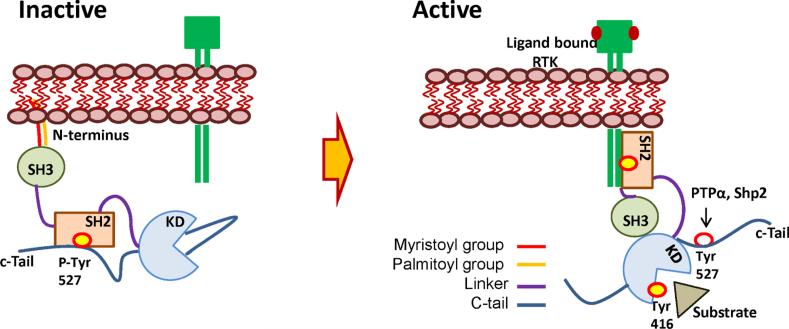
Figure [2]
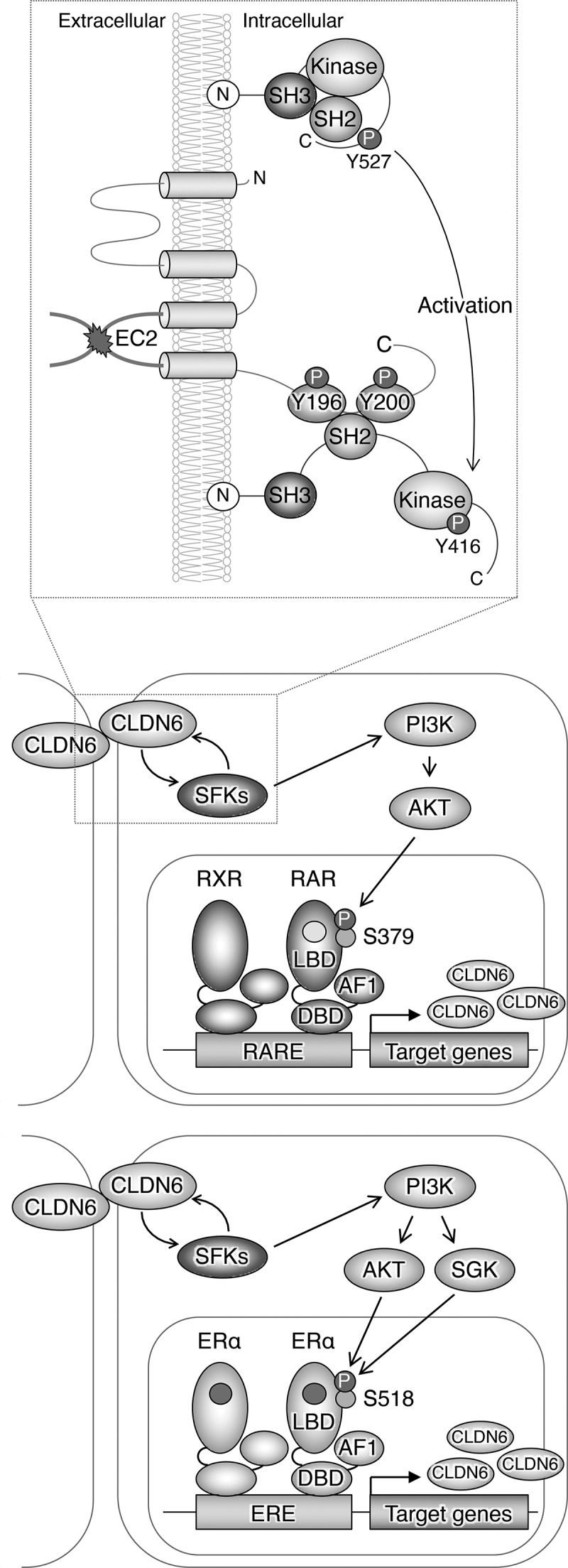
Figure [3]
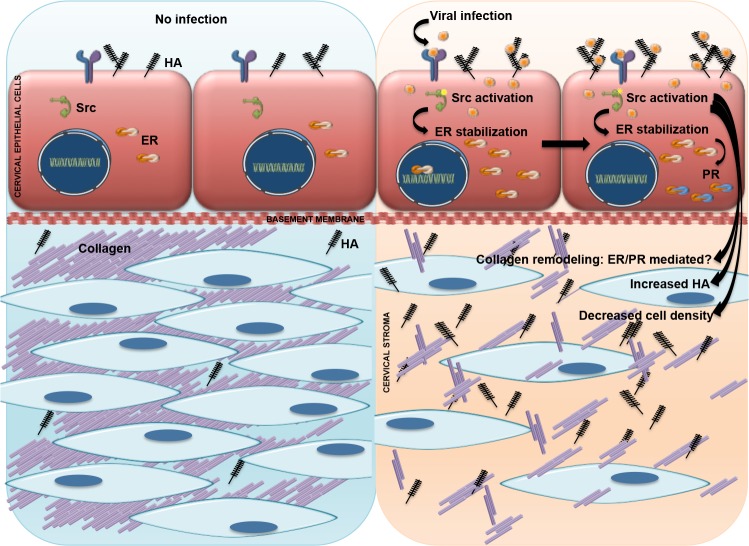
Figure [4]
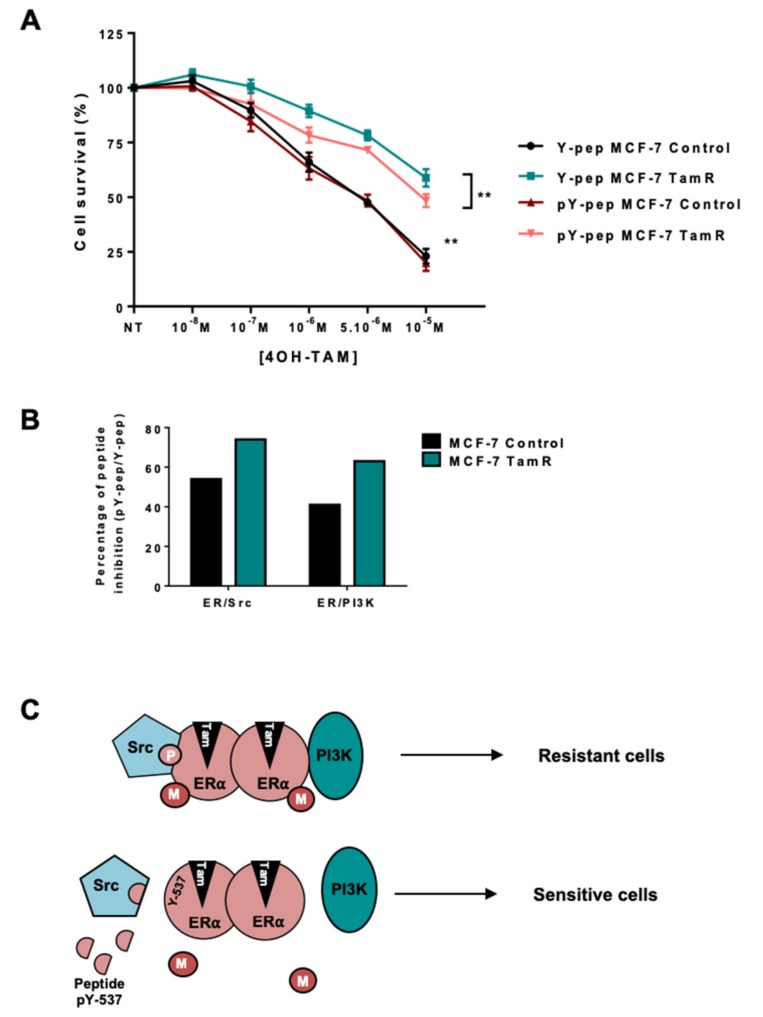
Figure [5]
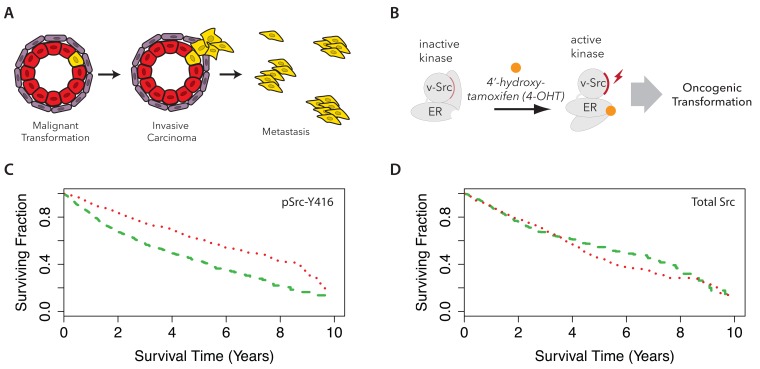
Figure [6]

Figure [7]
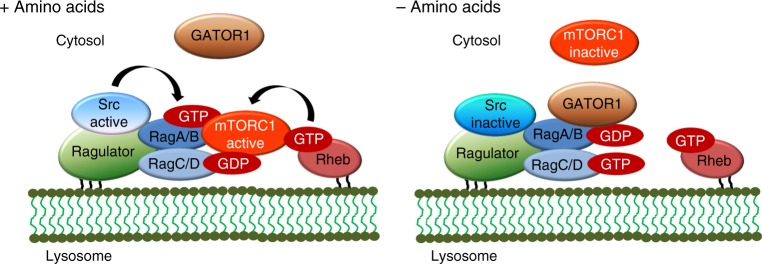
Figure [8]

Figure [9]

Figure [10]

Note: If you are interested in the full version of this target analysis report, or if you'd like to learn how our AI-powered BDE-Chem can design therapeutic molecules to interact with the SRC target at a cost 90% lower than traditional approaches, please feel free to contact us at BD@silexon.ai.
More Common Targets
ABCB1 | ABCG2 | ACE2 | AHR | AKT1 | ALK | AR | ATM | BAX | BCL2 | BCL2L1 | BECN1 | BRAF | BRCA1 | CAMP | CASP3 | CASP9 | CCL5 | CCND1 | CD274 | CD4 | CD8A | CDH1 | CDKN1A | CDKN2A | CREB1 | CXCL8 | CXCR4 | DNMT1 | EGF | EGFR | EP300 | ERBB2 | EREG | ESR1 | EZH2 | FN1 | FOXO3 | HDAC9 | HGF | HMGB1 | HSP90AA1 | HSPA4 | HSPA5 | IDO1 | IFNA1 | IGF1 | IGF1R | IL17A | IL6 | INS | JUN | KRAS | MAPK1 | MAPK14 | MAPK3 | MAPK8 | MAPT | MCL1 | MDM2 | MET | MMP9 | MTOR | MYC | NFE2L2 | NLRP3 | NOTCH1 | PARP1 | PCNA | PDCD1 | PLK1 | PRKAA1 | PRKAA2 | PTEN | PTGS2 | PTK2 | RELA | SIRT1 | SLTM | SMAD4 | SOD1 | SQSTM1 | SRC | STAT1 | STAT3 | STAT5A | TAK1 | TERT | TLR4 | TNF | TP53 | TXN | VEGFA | YAP1

